Your cart is currently empty!
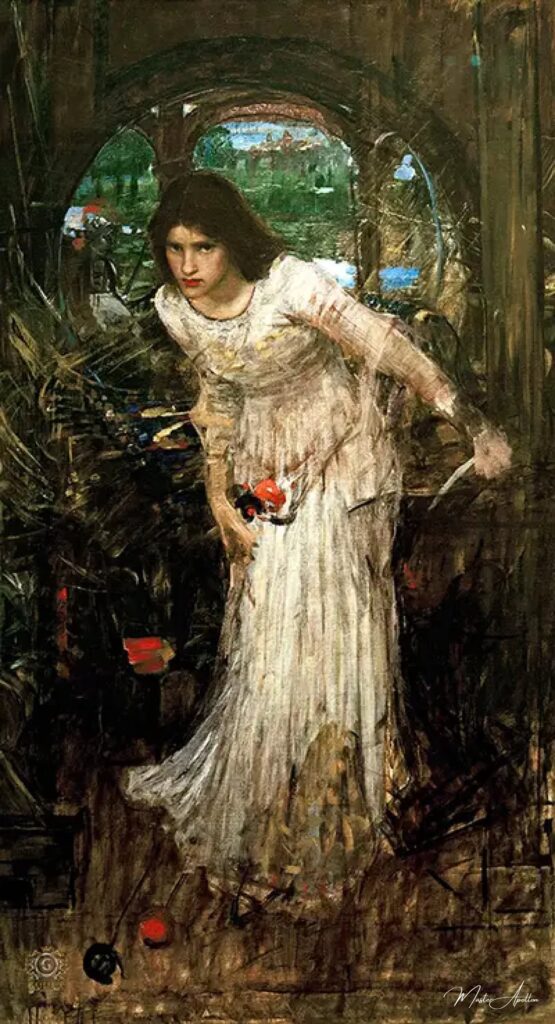
The Lady of Shalott Looking at Lancelot – John William Waterhouse
Immerse yourself in the enchanting world of Arthurian legend with our highest quality oil painting reproduction of “The Lady of Shalott” by John William Waterhouse. This exquisite piece captures the haunting beauty and tragic essence of the Lady, forever bound to her tower, weaving her tapestry while gazing longingly at the vibrant world beyond.
Every brushstroke of this reproduction reflect…
The Lady of Shalott Looking at Lancelot – John William Waterhouse
John William Waterhouse’s The Lady of Shalott Looking at Lancelot (1894) is a powerful and poignant depiction of one of the climactic moments from Alfred Lord Tennyson’s poem The Lady of Shalott. This painting is part of a series by Waterhouse inspired by the poem and its themes of love, longing, and fate. The artwork captures the Lady’s fateful decision to leave her loom and gaze upon Sir Lancelot, breaking the curse that binds her to her tower.
The Legend Behind the Painting
In Tennyson’s poem, the Lady of Shalott lives isolated in a tower, weaving a tapestry of the outside world that she views only through a mirror. A mysterious curse forbids her from looking directly at the world. However, when she sees the noble knight Sir Lancelot in her mirror, she is overcome by a desire to witness him with her own eyes. This act of defiance leads to the curse being unleashed, culminating in her tragic journey down the river to Camelot and her eventual death.
Composition and Imagery
1. The Lady’s Moment of Defiance
Waterhouse captures the exact moment the Lady turns from her mirror to look directly at Lancelot. Her body language—poised yet tense—conveys the gravity of her decision. Her expression is one of awe and longing, yet it also hints at the inevitability of her doom.
2. Lancelot’s Reflection
In the painting, Lancelot is depicted in radiant armor, a symbol of chivalry, heroism, and unattainable love. He is the catalyst for the Lady’s rebellion against her fate, embodying both her desire and her undoing.
3. The Mirror’s Fracture
The shattered mirror in the background is a central symbol in the painting. It signifies the breaking of the Lady’s constrained existence and the unleashing of the curse. The shards also hint at the irreparable consequences of her choice.
4. Rich Details and Symbolism
- The Tapestry: The vibrant tapestry drapes around the Lady, emphasizing her connection to her weaving and the world she has created within her isolation. Its unfinished state reflects her interrupted destiny.
- The River and Candles: The river in the background foreshadows her eventual journey toward Camelot. The extinguished candles symbolize the extinguishing of her life, while the single flame still burning could represent hope or lingering desire.
Themes and Interpretation
1. The Struggle Between Duty and Desire
The Lady’s decision to gaze at Lancelot reflects the universal human conflict between adhering to imposed rules and pursuing personal desires. Waterhouse highlights her longing for connection and freedom, even at the cost of her life.
2. Love as Liberation and Destruction
Waterhouse portrays love as a double-edged sword. Lancelot’s beauty and allure liberate the Lady from her isolated existence, but this act of love also seals her fate. Her story underscores the bittersweet nature of unattainable or forbidden love.
3. Feminine Power and Tragedy
While the Lady’s actions are defiant and demonstrate her agency, they also lead to her downfall. Waterhouse, as in many of his works, explores the duality of women’s roles in art and myth—as both empowered figures and tragic victims of societal or supernatural constraints.
Waterhouse’s Artistic Choices
1. Pre-Raphaelite Influences
This painting exemplifies Waterhouse’s alignment with the Pre-Raphaelite Brotherhood. The lush textures, vibrant colors, and attention to detail are hallmarks of the movement. The Lady’s flowing gown, the intricate tapestry, and the shimmering river all contribute to the painting’s dreamlike quality.
2. Emotion Through Composition
Waterhouse places the Lady in the foreground, dominating the canvas, which draws the viewer into her emotional turmoil. The contrasting brightness of Lancelot in the background emphasizes his role as an unattainable ideal.
3. Symbolic Use of Light and Shadow
The interplay of light and shadow adds to the painting’s dramatic tension. The Lady is bathed in soft, diffused light, highlighting her ethereal beauty and the poignancy of her predicament, while the darker tones of the shattered mirror and distant river hint at her impending doom.
Legacy and Impact
The Lady of Shalott Looking at Lancelot is a testament to Waterhouse’s ability to translate literary narratives into vivid, emotionally resonant visual art. The painting has captivated audiences for over a century, inviting viewers to reflect on themes of love, loss, and the human desire for freedom.
Waterhouse’s interpretation of Tennyson’s poem remains a cornerstone of Pre-Raphaelite-inspired art, celebrated for its narrative depth, technical brilliance, and emotional power.
Conclusion
In The Lady of Shalott Looking at Lancelot, John William Waterhouse masterfully captures the tragic beauty of a woman caught between fate and desire. Through his delicate handling of symbolism, composition, and emotion, Waterhouse brings the story of the Lady of Shalott to life, making it a timeless exploration of love, defiance, and destiny.
The painting remains a poignant reminder of the consequences of breaking free from constraints, offering a narrative as compelling today as it was when first painted.
John William Waterhouse
John William Waterhouse was a British painter known for his enchanting depictions of mythological and literary themes, characterized by rich colors, emotional depth, and a focus on female figures that often evoke a sense of longing and beauty.
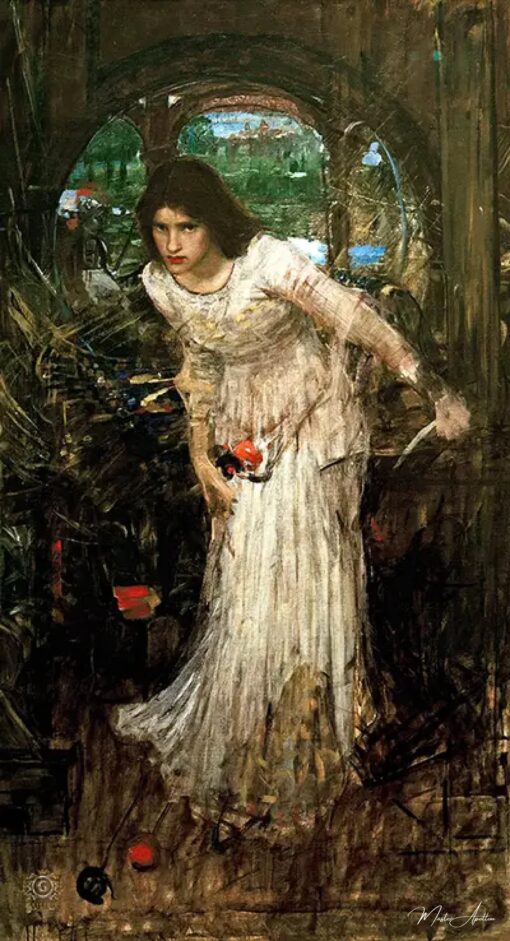
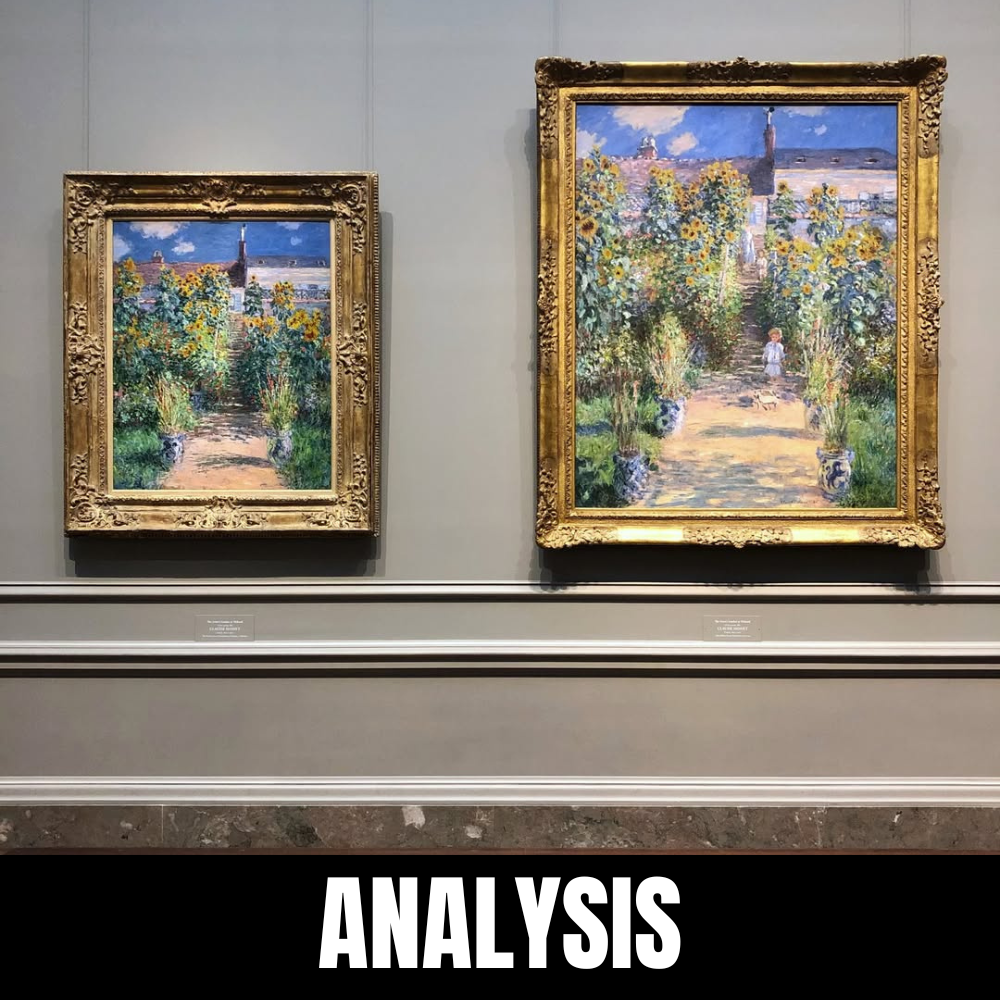
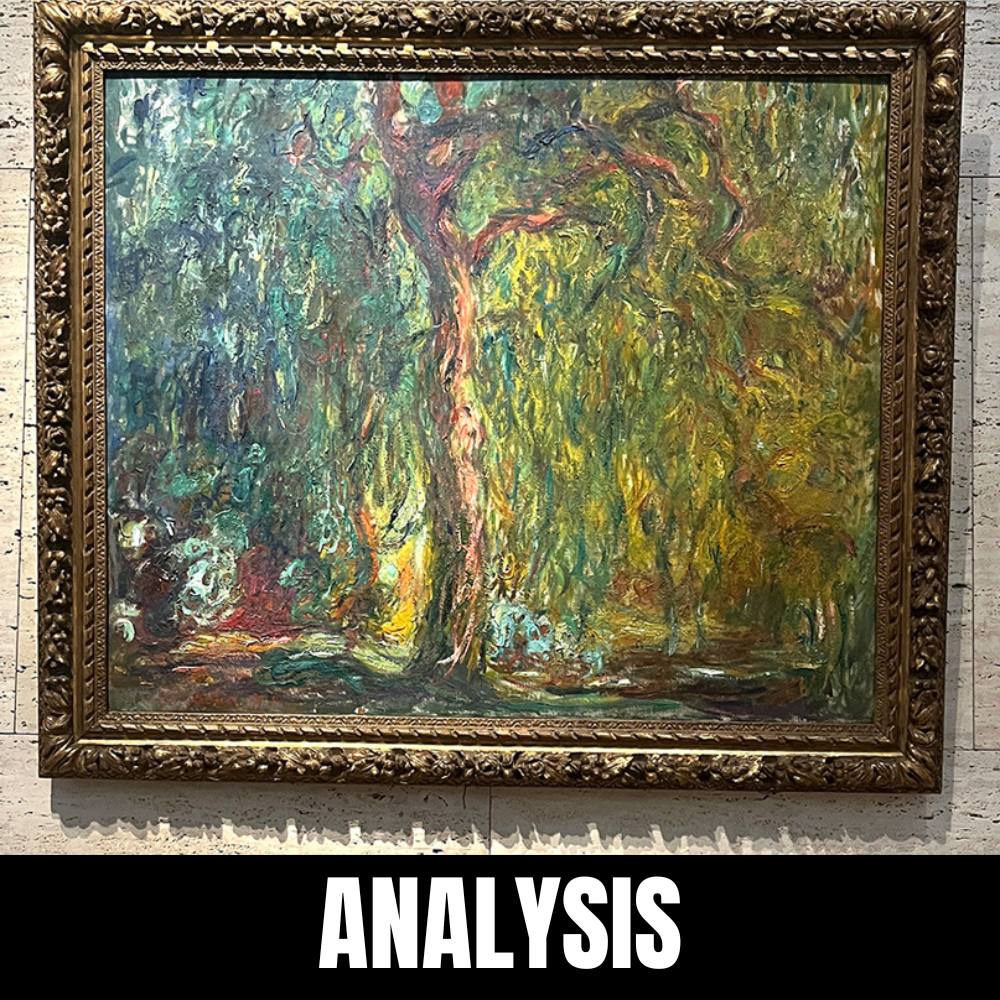
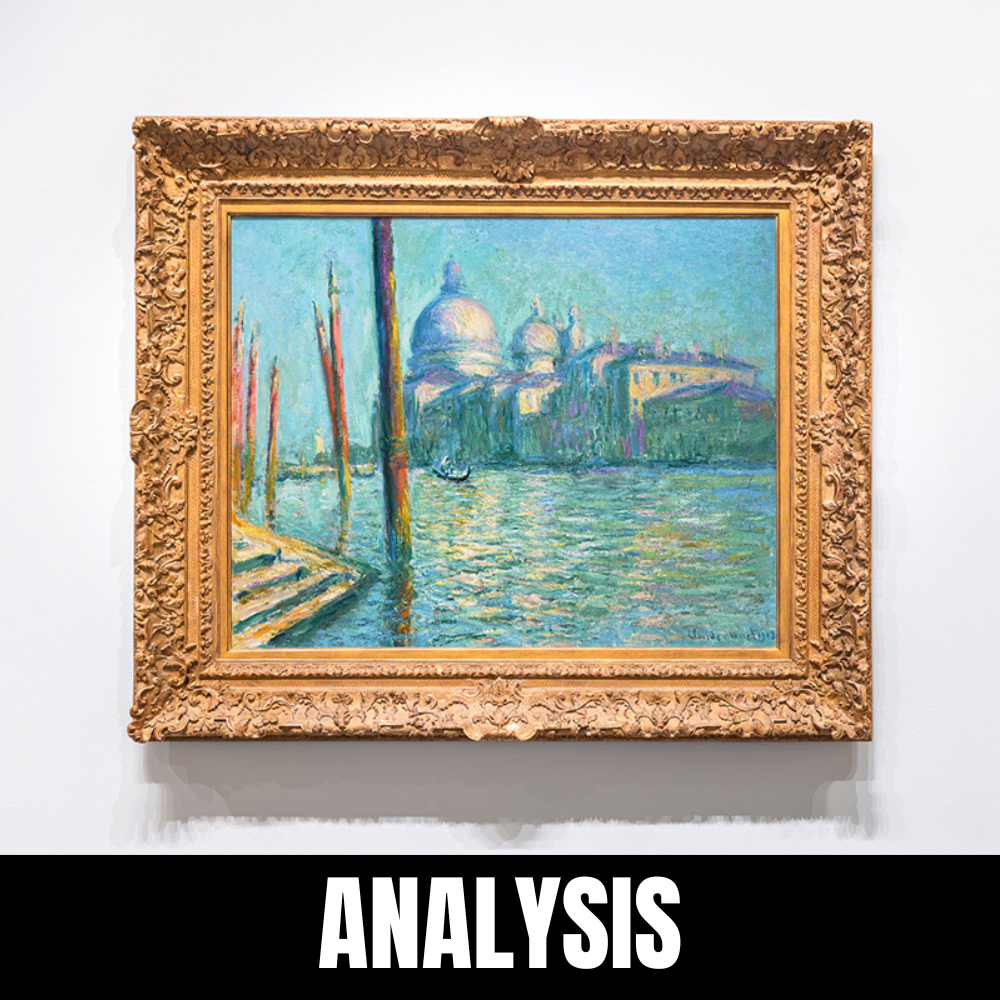
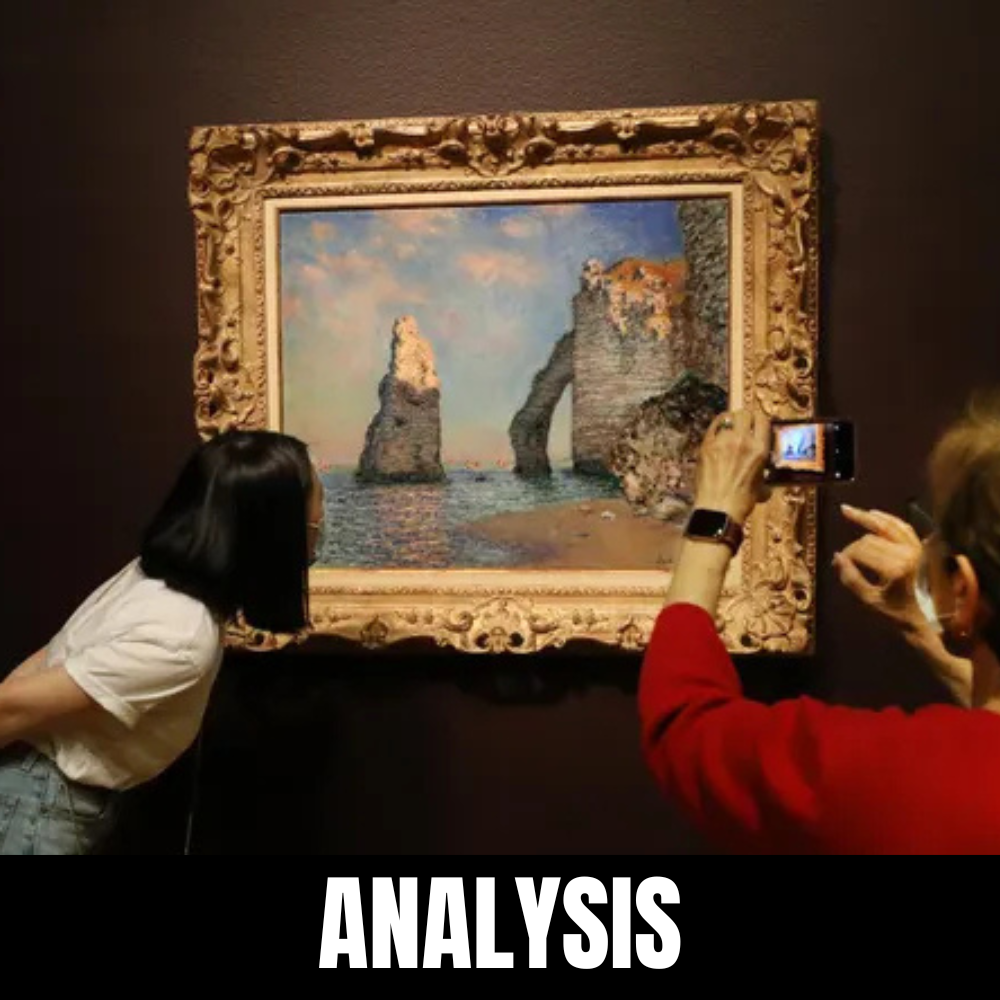
Leave a Reply